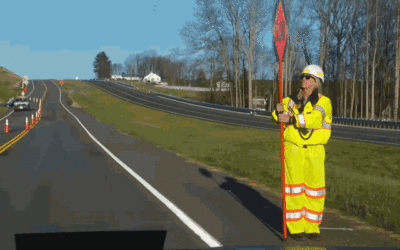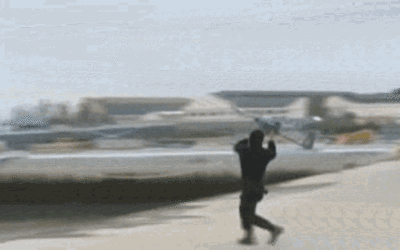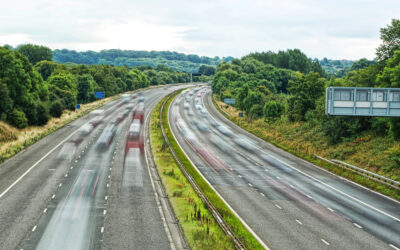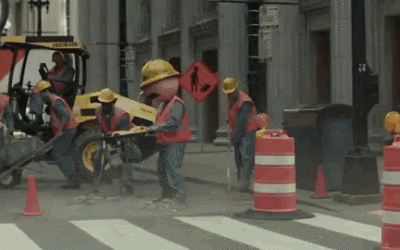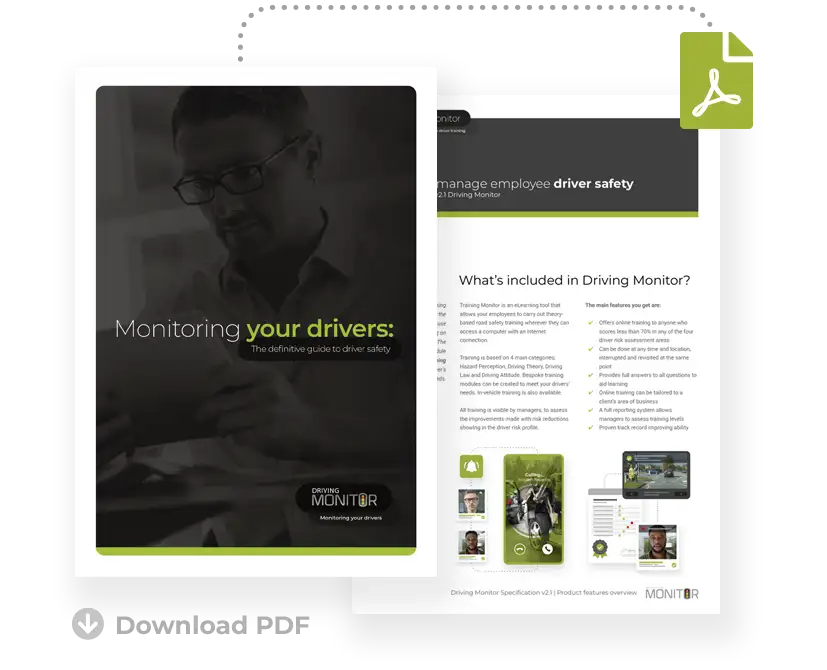Is Autumn A More Dangerous Time To Be On The Road?
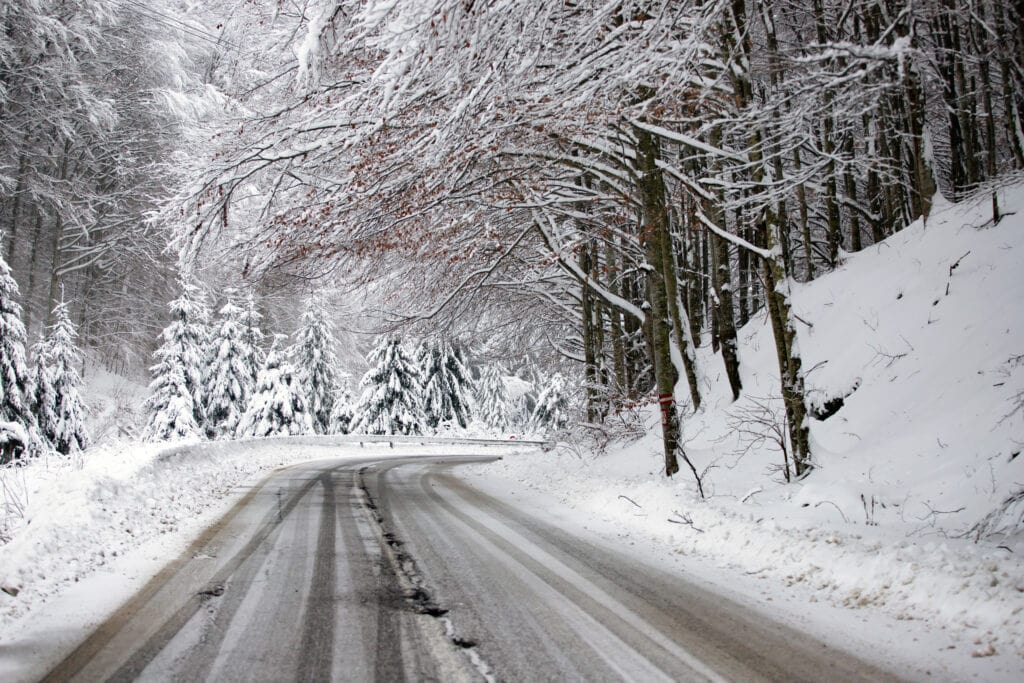
For fleets, all stats and data about road safety are important.
On an individual level, you want to make sure your drivers are as safe as can be with the vehicles and technology to support them and also that they’re being as safe as they can be with their decisions on the road.
But on a more general level, stats and data about other drivers, the likelihood of incidents occurring and outside factors such as road conditions, weather conditions and anything out of your control are crucial.
It’s why the latest data that shows that the number of incidents on the road in the UK increases by 23% as we move from summer into autumn is important.
It’s not just a coincidence and it’s something that fleets are being urged to be aware of as darker evenings draw in.
Why Are There More Accidents In Autumn?
Data has shown that there are more accidents in autumn, but why is that?
Well, darker evenings now that the clocks have gone back and we’re on daylight savings time plays a huge role. We’re also more likely to have colder, wetter and potentially icier conditions early in the mornings and later in the day.
Low-lying sun is another factor that drivers have to consider and visibility through adverse weather conditions (as well as low-lying sun) can be reduced.
Drivers are also now using their headlights much more than in the summer months and we’ve heard recently how many are struggling with bright headlights while driving at night.
There are several factors that are causing drivers to be dazzled by headlights, including:
- The angle at which the headlights are seen
- The increased power of LED technology in headlights
- The different way in which the human eye perceives blue light from LEDs compared to yellow halogen lights
Additionally, two-thirds of drivers who are struggling with oncoming headlights say it’s happening more frequently, while 64% also believe they’re at an increased risk of collisions because of it.
It could also be an issue if you’re driving on a road with low-level or no lighting, meaning that some drivers will use full-beam headlights to view the road in front, which could cause an issue for oncoming traffic.
All in all, autumn is a time where there are many more outside factors to consider on top of the usual considerations and it’s something we’re all being told to prepare for.
What Is Being Done To Ease Road Safety Concerns?
The government launched the new Road Safety Investigation Brand (RSIB) which is an independent body investigating incidents on the road.
That includes advising on ways to improve road safety and reduce both the number of incidents and the number of casualties and the data around road safety as we move into autumn and winter will be under consideration.
The RSIB will aim to provide national context to what is currently a locally split set of data.
When incidents occur on the road, it’s down to the local police and authorities to investigate in the first instance. But once that initial investigation has been concluded, there hasn’t been a system in place to put those incidents into context nationally.
Do you notice a difference driving in autumn compared to driving in the summer? Do you think more could be done to improve road safety during autumn and winter months? Let us know in the comments below.
